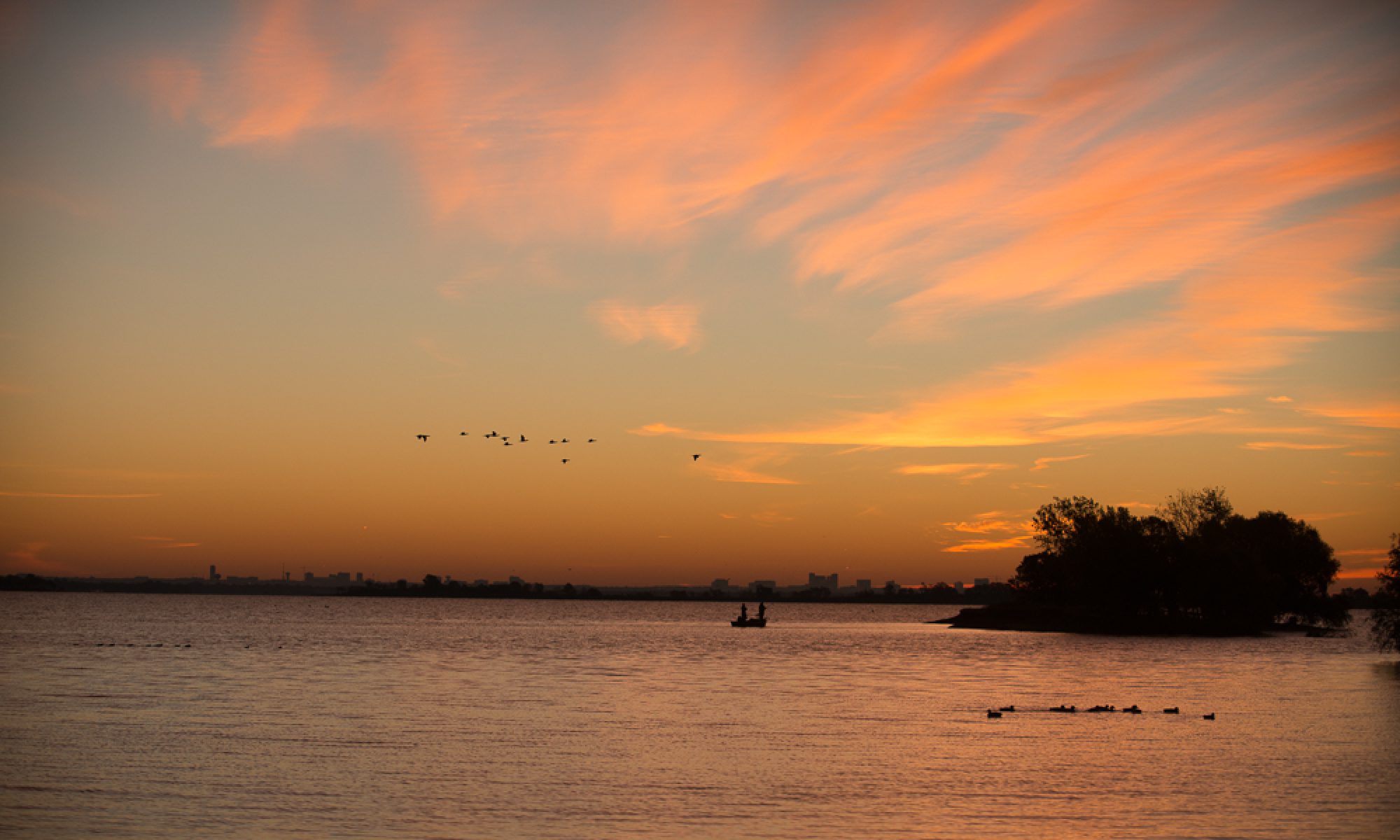How many working photographers do you know that have been in the field since it was all film and darkroom, and now gladly leaves that all behind – no second thoughts – for the world of digital printing to the highest archival standards?
For better-or-worse, I say for the better, I was the right age and in the right frame of mind when digital photography and digital output came on the scene in the first decade of the 21st. Century. Make no mistake though; it was, at first, a bleeding edge.
This week, we’ll take delivery of the latest generation of Epson large format photo and begin work on the Top Tier Archival Gallery Prints for the Ron Raffaelli Collection.
Working on images from the 1960’s and early ’70’s, images on film, and bringing them back alive on a digital printer is, to say the least, one supreme challenge. Personally, going from digital image capture to digital image output doesn’t come with a huge dose of interpretation. A digital print is what I print it to be – from super-real, to if I like, super-unreal. Control was my huge bonus for going digital, and it still is MY huge bonus.
It may be worth backtracking though, and reminding the latest generation of analog dabblers of just how bad the old ways were for the natural environment and their own health – if they do it long enough. Dektol. D-76. Stop Bath. Fixer. Plastic. Paper. How about selenium and bleach? Remember the gloves, the breathing masks and ventilation demands? The list goes on, and for the vast majority of dabblers working today: Where do those chemicals go?
Yes, I am joyous to get out of the darkroom, away from the chemicals and waste that goes into a single finished art print. Sure slides and negatives are sweet soft butter for the shooter’s soul, but the price at the end of the line, the price on the environment? It’s just too damn high.
There are actually more choices accompanying digital printing papers than at any one time in the history of classic printing. These choices change the intent and purpose of modern fine art printing radically.
To be continued …

